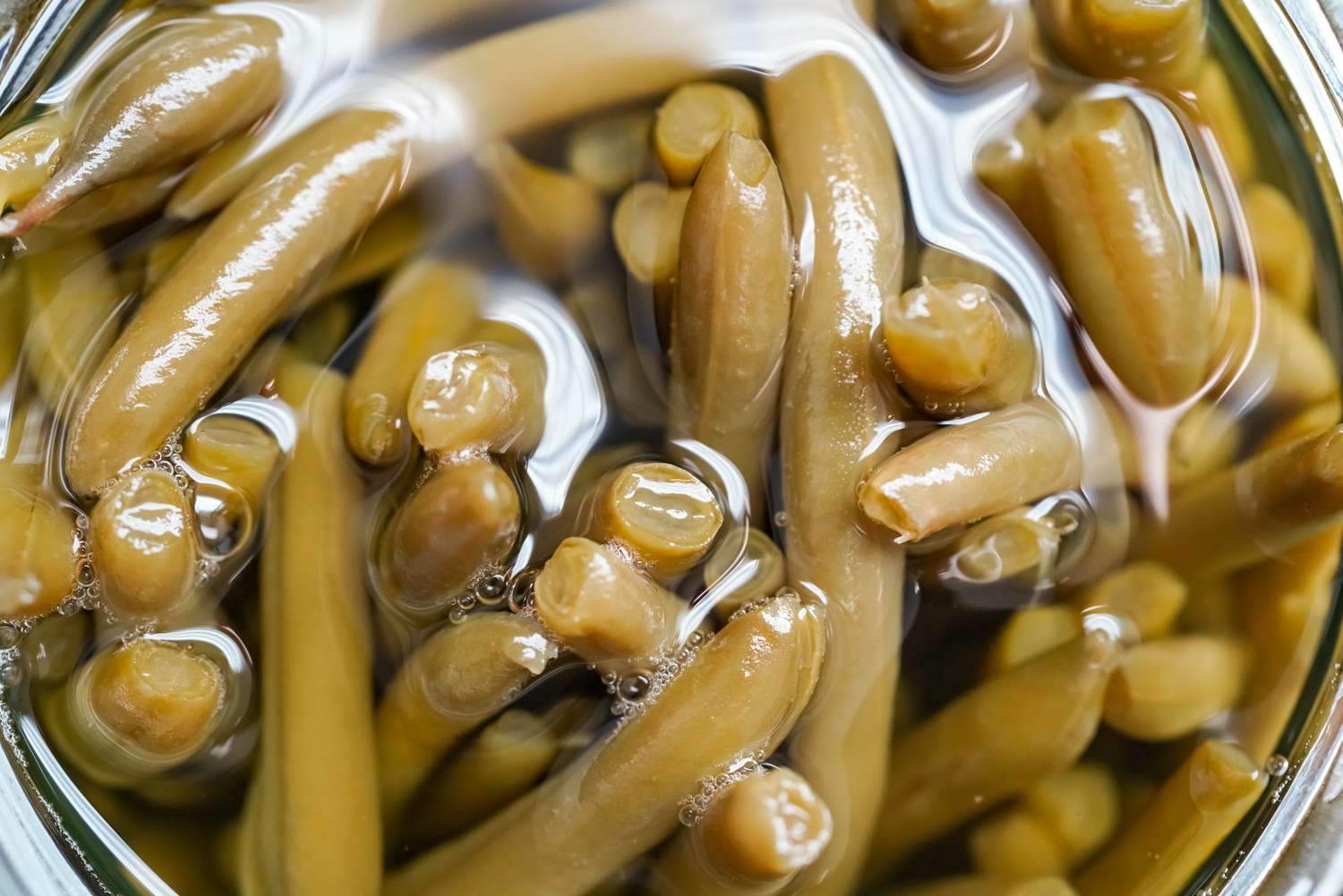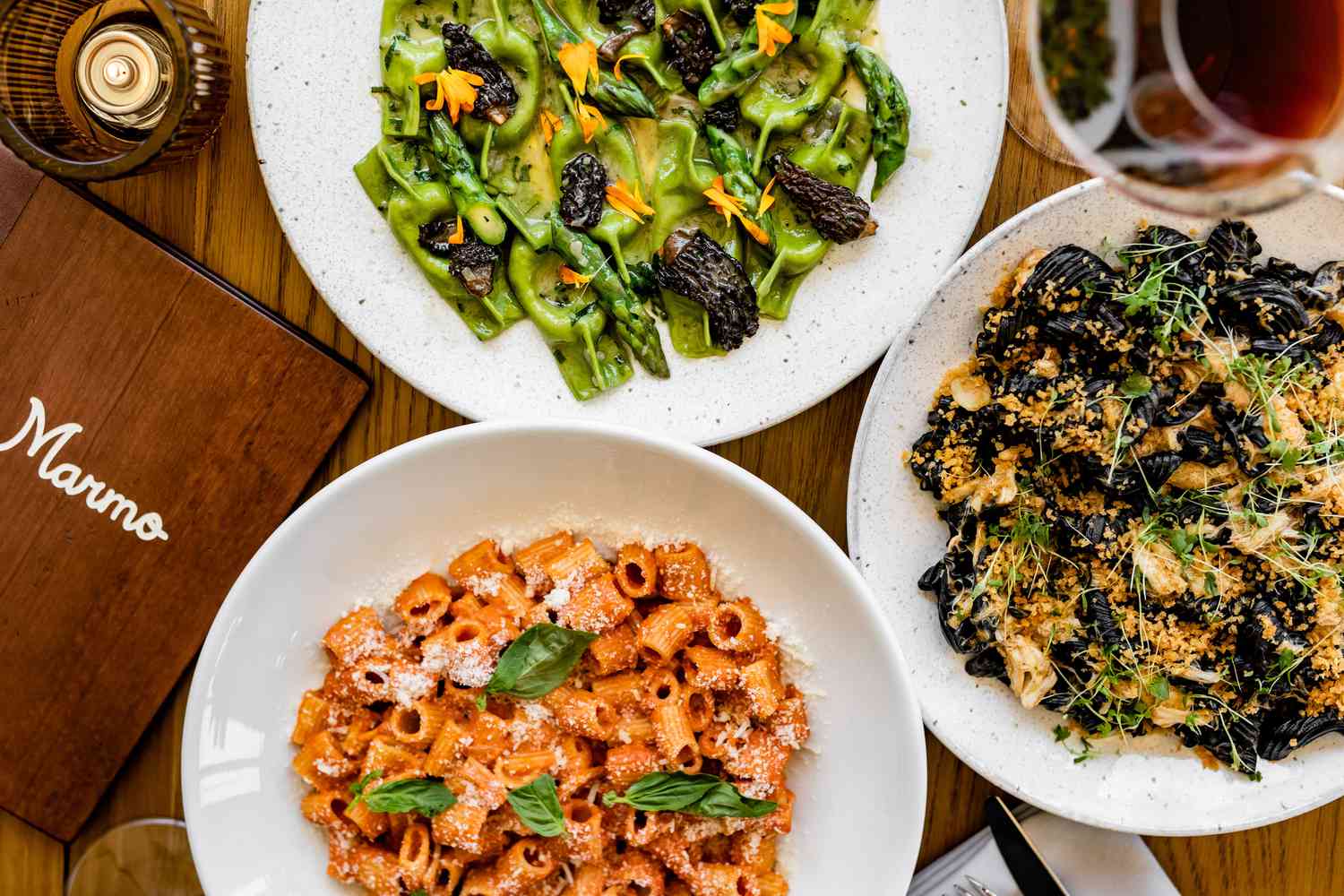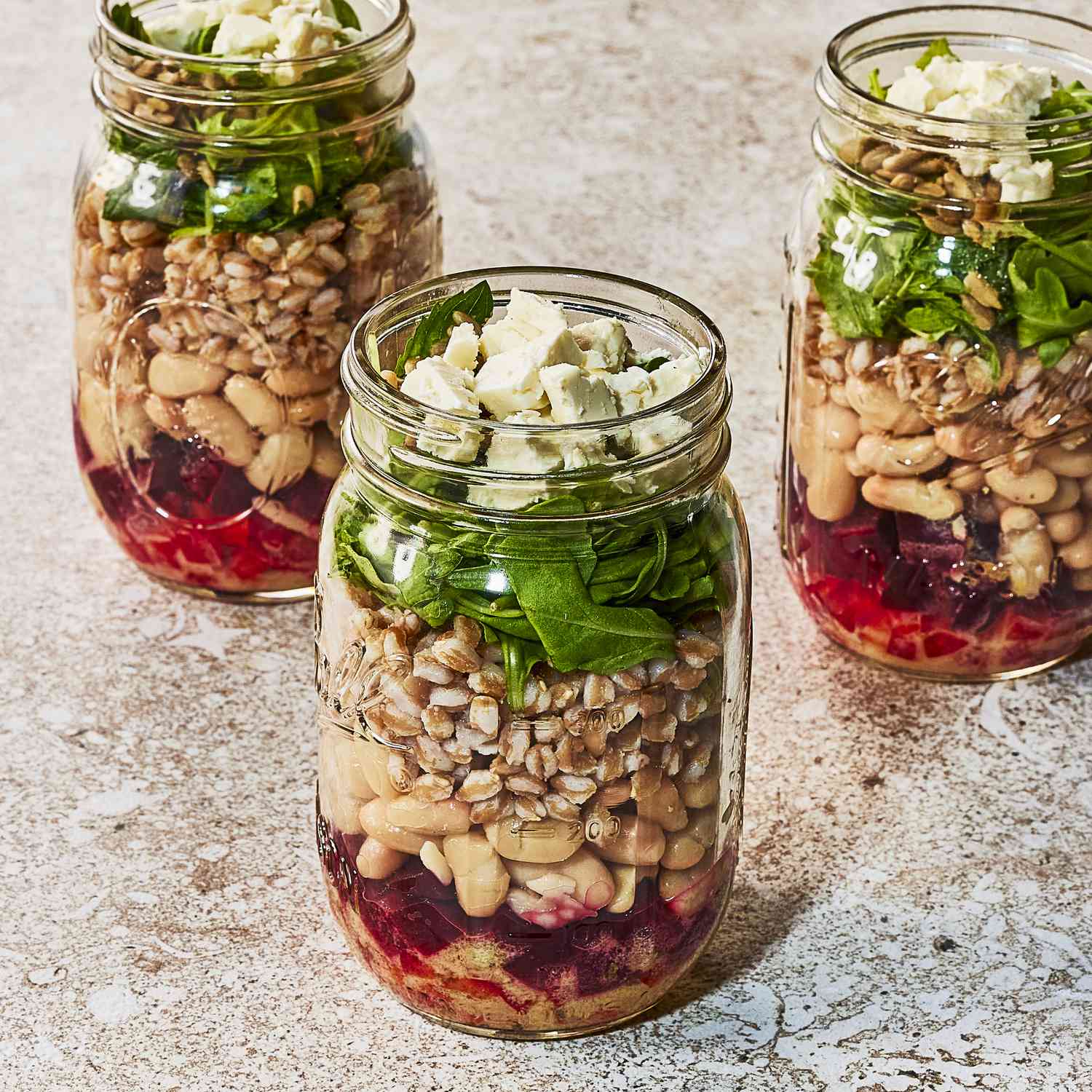
Should You Rinse Canned Vegetables Before Cooking?
Canned vegetables are a pantry staple, offering convenience, affordability, and a long shelf life while enhancing the nutritional value of your meals. Many people routinely rinse and drain canned beans before using them, but should you do the same with other types of canned vegetables? Does rinsing impact their flavor or texture?
In this article, we’ll explore the pros and cons of rinsing canned vegetables, examining how it affects sodium content, taste, and overall quality. We’ll also discuss when rinsing might be unnecessary or even counterproductive.
Why You Should Rinse Canned Vegetables
If you’re wondering whether rinsing canned vegetables is necessary, there are certain situations where rinsing is beneficial:
- Remove excess starch or sugars: Some canned items like corn, sweet potatoes, and beans are packed in liquids that contain added starches or sugars. Rinsing helps eliminate these before use.
- Improve texture: Rinsing removes any slimy residue that may cling to canned vegetables, improving their texture (and your dish).
- Reduce sodium: Many canned vegetables are preserved in a salty brine to enhance flavor and shelf life. Rinsing can significantly lower the sodium content.
- Enhance flavor: Rinsing off the packing liquid or residue creates a cleaner, more natural taste, highlighting the true flavor of the veggies.
When Rinsing Isn’t Necessary
While rinsing canned vegetables has its advantages, there are occasions when it’s unnecessary. Here are some examples of when you should skip the rinse:
- Recipes using the can’s liquid: If the recipe calls for the liquid, such as in soups, stews, or braises, rinsing isn’t recommended.
- Canned tomatoes: The liquid in canned tomatoes is often rich and flavorful, making it a key component of sauces, soups, and chili.
Knowing when to rinse—or not—can help you make the most of your canned goods.
How To Rinse and Drain Canned Veggies
If you do need to rinse your veggies, rinsing canned vegetables is a quick and easy process: Simply open the can and pour the contents into a colander or sieve placed over the sink or a bowl. Allow the liquid to drain, then rinse the vegetables thoroughly under cold water. Use a gentle stream of water to avoid breaking up delicate items like mushrooms. Drain well, and pat dry if desired before using in your recipe.
If you’re working with chickpeas, be sure to save that liquid—known as aquafaba—for vegan baking recipes where it can be whipped to mimic egg whites.










